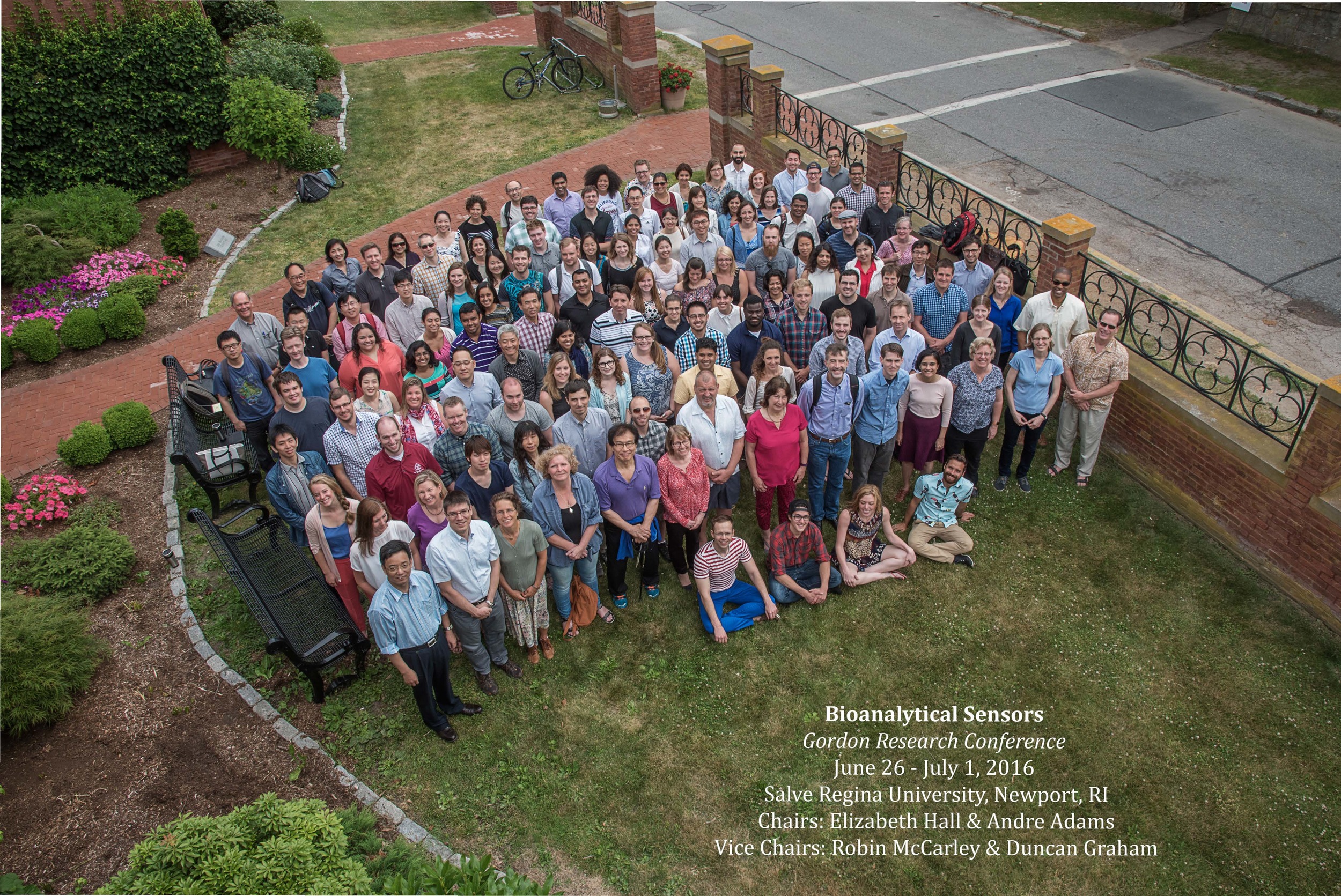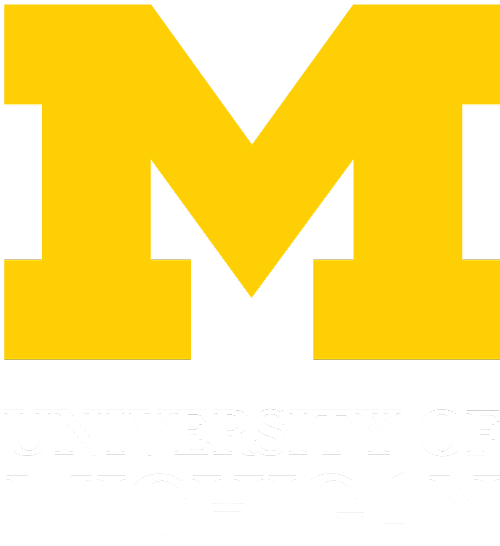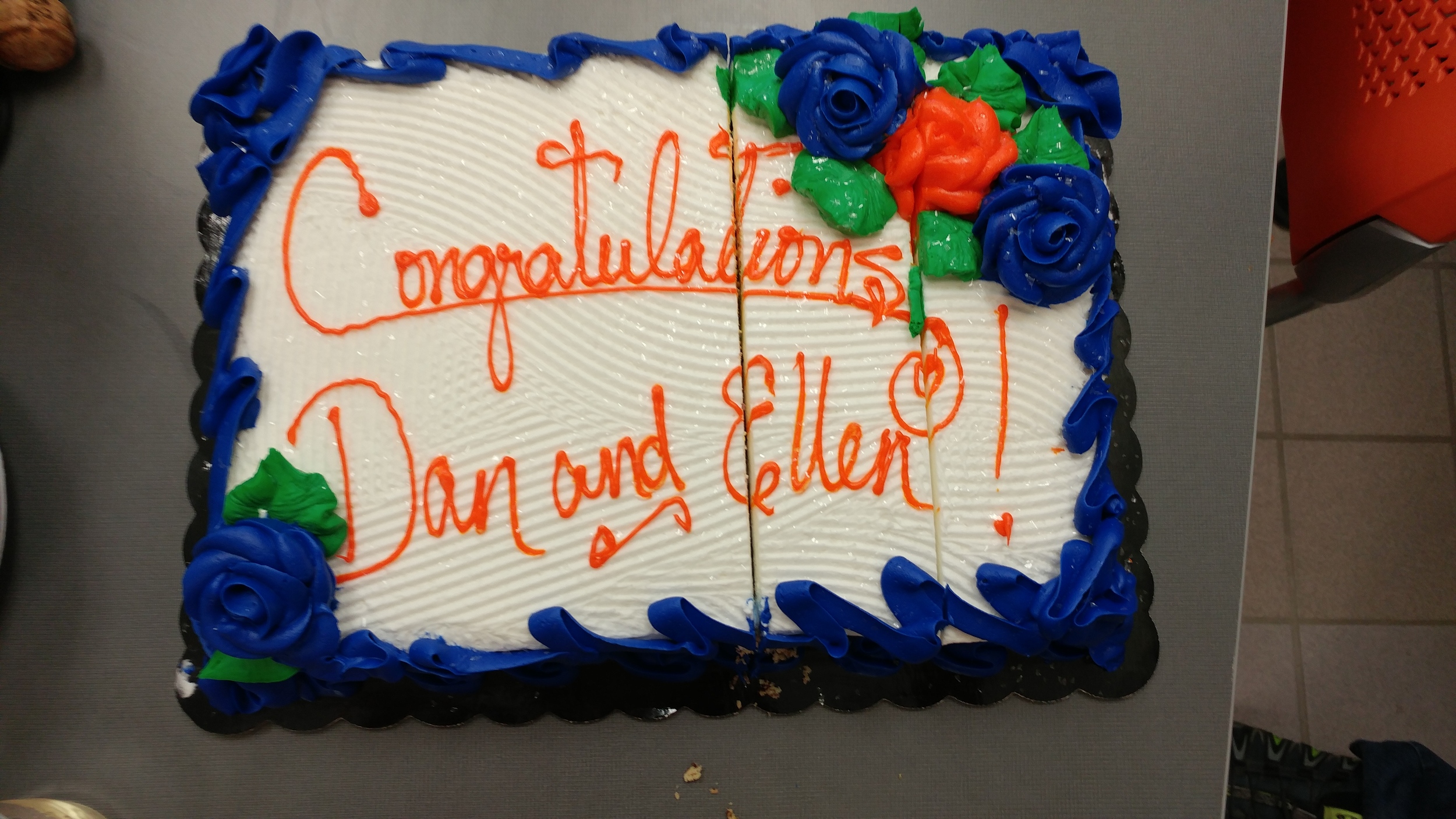Lab Alumna, Dr. Christine Herman featured by UIUC Grad College
Check out the article here!
Here's an exerpt:
"What has been the most valuable transferable skill you gained from graduate school?
The most valuable transferable skill I gained from graduate school is being fearless in approaching a topic that I may know absolutely nothing about and taking steps to figure out what I need to know. In research, your goal is to break new ground in your field, and that requires first becoming aware of the current status of the field and then figuring out what open questions remain. In journalism, it's very similar in the sense that you can't be intimidated. You have to just dive right in, find the information you need and not be afraid to ask questions. I also learned perseverance and hard work. Being a researcher was the most grueling job and I have ever had, and I worked in a lab that was very supportive of having good work-life balance. I look back on those days and think about how they were really character building. That's why when people ask me if I would do it all over again and get the PhD if I had known I wanted to ultimately be a journalist, I'm torn. You certainly don't need a PhD to do what I do, but there are so many ways that the graduate school experience has really helped me.
Congrats to Richard on his recent publication!
PCR-free, Multiplexed Expression Profiling of microRNAs using Silicon Photonic Microring Resonators
R.M. Graybill, C.S. Para, R.C. Bailey Analytical Chemistry, 2016, ASAP
Abstract
We describe an approach for multiplexed microRNA analysis using silicon photonic microring resonators to detect cDNA reverse transcription products via a subsequent enzymatic signal enhancement strategy. Key to this method is a modified stem loop primer that facilitates downstream signal amplification via enzymatic turnover and improves the sensor signal 20-fold when compared to traditional stem loop primers. This approach facilitates targeted microRNA quantification in only 2.5 hours and without requiring target amplification via the polymerase chain reaction (PCR). Primers for 7 miRNA targets were orthogonally designed to avoid cross-hybridization between capture probes. This approach was applied to the detection of total RNA from human tissues and found to display differential expression profiles consistent with literature precedent. This development holds promise as an alternative to single-plex RT-qPCR methods and more expensive RNA-seq by offering a cost-effective method to analyze targeted miRNA panels in emerging diagnostic applications.
Congratulations Dr. McCurry and Dr. Muehl
Dr. Ellen Muehl and Dr. Dan McCurry successfully defended their theses! Congratulations to them both! They will both be headed to the University of Michigan to continue their successful research careers.
Bioanalytical Sensors 2016 Gordon Research Conference
Heather recently attended the Bioanlaytical Sensors Gordon Research Seminar and Conference in Newport, Rhode Island. Her poster, Multiplexed Cytokine-Chemokine Profiling Using Microring Resonator Arrays to Diagnose Latent Tuberculosis Infection, was awarded the Royal Society of Chemistry Analyst Top Poster Prize (of 5). Consequently, Heather presented a short talk in the Young Investigator Late Breaking Topic session to close out the GRC.




Bailey Lab Cookout
Biosensors 2016 Conference
Enrique recently attended the Biosensors 2016 Congress in Gothenburg, Sweden. His talk, Multiplexed detection of clinically-relevant biomarker panels using a silicon photonic biosensing platform: Application to Sepsis and Tuberculosis diagnostics, reported on the lab's recent efforts to transform the microring resonator array technology into a robust in vitro diagnostic platform.
Congrats to Quique on a successful meeting and presentation!
Big Announcement: Bailey Lab Moving to University of Michigan!
Starting in September, the Bailey Lab will move to the University of Michigan in the Department of Chemistry! We welcome motivated undergraduates, graduate students, and postdocs to join the team in the fall. Go Blue!
Congrats to Dan on his recent publication!
Nanoporous Gold Membranes as Robust Constructs for Selectively Tunable Chemical Transport
Daniel A. McCurry, and Ryan C. Bailey J. Phys. Chem. C, Just Accepted Manuscript
DOI: 10.1021/acs.jpcc.6b02759
Abstract
Nanopores are promising structures for small volume separations, but often require complex topdown fabrication and are not easily (re)configurable to allow for dynamically tuned separations. Herein we report the first use of nanoporous gold (NPG) membranes as tunable, charge-based separation elements. NPG is fabricated into a robust network of interconnecting pores via simple solution de-alloying. We demonstrate that control over the selective permeation of small molecule analytes can be controlled via three different methods: 1) anion adsorption at the Au surface; 2) pH-tuning of self-assembled monolayer (SAM) charge; and 3) electrochemical oxidation of a redox-active SAM. This simple and versatile membrane system is promising as a dynamically-tunable element for small volume separations.
Spring 2016 ACS Meeting in San Diego
During the Spring 2016 American Chemical Society Meeting in San Diego, CA, Alex Stanton and Kali Miller presented an update of their collaborative work using silicon photonic microring resonators for chemical agent transport. This work was nominated for the Polymeric Materials Science and Engineering Distinguished Poster Award.















